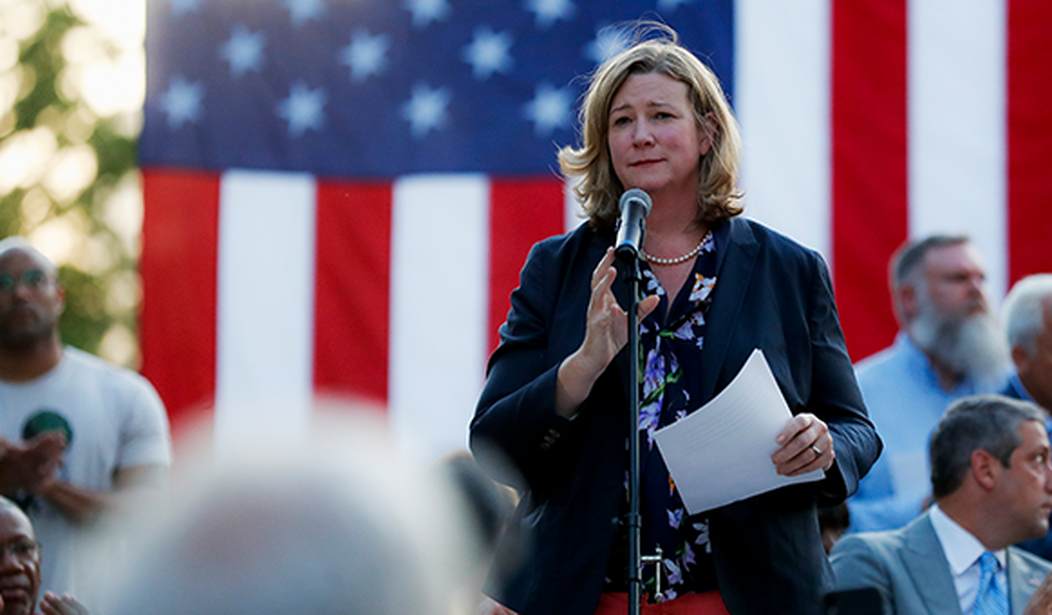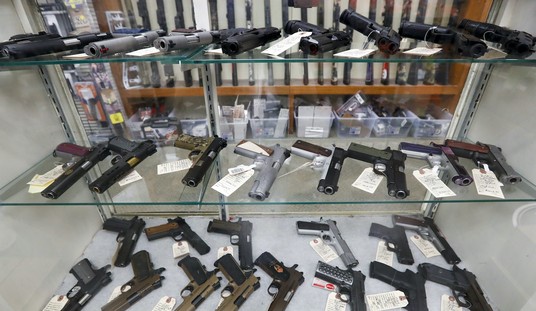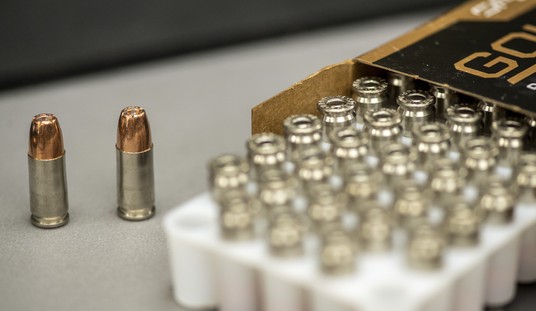The race to fill Ohio’s open U.S. Senate seat is one of the most competitive in the nation, with Republican J.D. Vance holding a very slim lead of 1.2 points over Democrat Tim Ryan in the RealClearPolitics polling average.
Ohio’s gubernatorial race, on the other hand, is shaping up to be an absolute blowout for Republican incumbent Mike DeWine, much to the chagrin of the many gun control groups who’ve touted Nan Whaley, the former mayor of Dayton, as a “gun sense” champion and defender of the gun control faith.
According to RealClearPolitics, Dewine hasn’t just led in every poll of the state conducted since May, he’s led by double digits in every one. His “worst” performance, if you can call it that, was a Suffolk poll conducted early last month that had him leading 54-39. His RCP polling average has him leading Whaley by a whopping 17.4 points; truly phenomenal considering the tightness of the state’s Senate race.
It wasn’t supposed to be this way for Democrats. Back in May, when Whaley clinched the Democratic nominations, the conventional political wisdom was that DeWine may have been favored, but he was politically vulnerable.
“It’s going to be a tall task,” said David B. Cohen, a political scientist at the University of Akron’s Ray C. Bliss Institute of Applied Politics. But of DeWine, he added, “Without a doubt he’s vulnerable. And that vulnerability comes from a lack of enthusiasm among the Republican base.”
According to the unofficial results, DeWine took just 48% of the vote in the four-way Republican Primary. It’s unusual for a gubernatorial incumbent to draw a serious primary challenge — much less take less than half the vote.
But anger over lockdowns and mask requirements DeWine implemented early in the coronavirus pandemic left scars among the Republican base, said Paul Beck, an Ohio State political science professor emeritus. Although DeWine is the leader of the party, the Republican-controlled legislature humiliated him by passing a bill that limited such health orders and then overrode his veto of it.
“There’s a lot of dissatisfaction with him on the Republican side,” Beck said. “You can see it in the legislature and the Republican majority’s rebuke of DeWine.”
Add to that the fact that former President Donald Trump publicly undermined DeWine after the governor recognized the objective reality of Trump’s loss to Democrat Joe Biden in November 2020.
“Who will be running for Governor of the Great State of Ohio?” Trump tweeted while he was still allowed on the platform. “Will be hotly contested!”
DeWine won a three way Republican primary with just 48% of the vote, but since then conservatives seem to have accepted the results with little acrimony. Whaley, on the other hand, was the overwhelming choice of Ohio Democrats, capturing 65% of the primary vote compared to 35% for former Cincinnati mayor John Cranley.
So what accounts for Whaley’s failure to launch among Ohio voters? Well, we can start with her decision to base her campaign around two key issues:
Whaley, meanwhile, was initially expected to make gun-control the main issue in her campaign. After a 2019 mass shooting in Dayton while Whaley was mayor, she and DeWine jointly called for new rules to reduce gun violence. But the gun-reform package DeWine subsequently put forward was dead on arrival in the legislature, and he ended up signing legislation that significantly loosened Ohio’s gun restrictions, prompting sharp criticism from Whaley.
However, abortion has now become the Whaley campaign’s key focus since the U.S. Supreme Court overturned Roe v. Wade in June. Soon afterward, a DeWine-signed bill banning abortions after about six weeks took effect, and Ohio became a flashpoint in the abortion debate after a 10-year-old Columbus girl who was raped traveled to Indiana to terminate her pregnancy.









